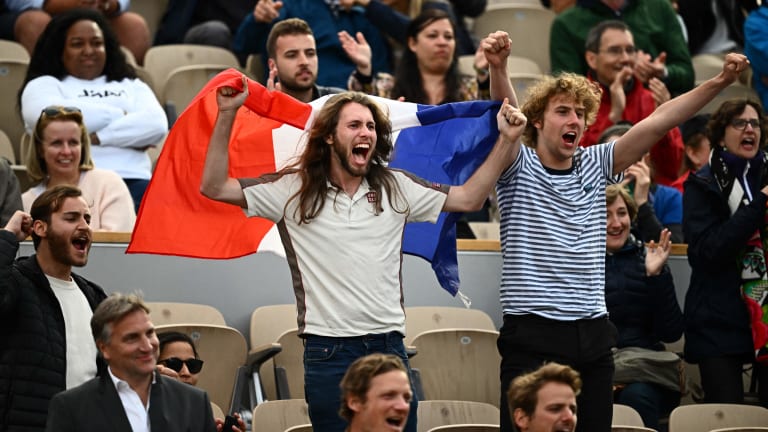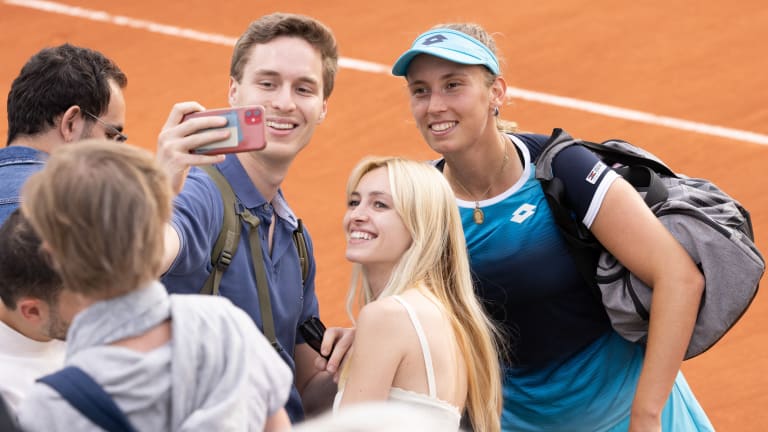Roland Garros
With fans packing Roland Garros again, it feels like a final, exuberant piece of the pro-tennis puzzle is back in place
By May 28, 2022Roland Garros
Was the Carlos Alcaraz-Jannik Sinner Roland Garros match the best ever played?
By Jun 13, 2025Roland Garros
Who were the winners and losers at 2025 Roland Garros?
By Jun 09, 2025Roland Garros
Carlos Alcaraz and Jannik Sinner played the match of the decade, and maybe the century, at Roland Garros
By Jun 09, 2025Roland Garros
PHOTOS: Carlos Alcaraz captivates Chatrier with trademark joy after improbable Roland Garros title defense
By Jun 09, 2025Roland Garros
Carlos Alcaraz saves three match points, tops Jannik Sinner in longest Roland Garros final of Open Era
By Jun 08, 2025Roland Garros
Aryna Sabalenka clarifies controversial Coco Gauff claim: "Can't pretend it was a great day"
By Jun 08, 2025Roland Garros
Coco Gauff counters Aryna Sabalenka's Roland Garros claim by saying she 'wanted' Iga Swiatek in final
By Jun 08, 2025Roland Garros
2025 Roland Garros men's final preview: Carlos Alcaraz vs. Jannik Sinner
By Jun 07, 2025Roland Garros
PHOTOS: Coco Gauff celebrates Roland Garros title with parents, toasts champagne at Tennis Channel set
By Jun 07, 2025With fans packing Roland Garros again, it feels like a final, exuberant piece of the pro-tennis puzzle is back in place
French tennis fans have reunited for the first time in three years, and made their presence felt like no other spectators can.
Published May 28, 2022
Advertising
Advertising

Welcome back, French Open.
© AFP via Getty Images
Advertising

At practice sessions and in night sessions, Carlos Alcaraz—whom these fans are craning to see—has become must-see in Paris.
© Getty Images
Advertising

From the large stadiums to the side courts, fans have filled Roland Garros with a unique energy.
© BELGA MAG/AFP via Getty Images